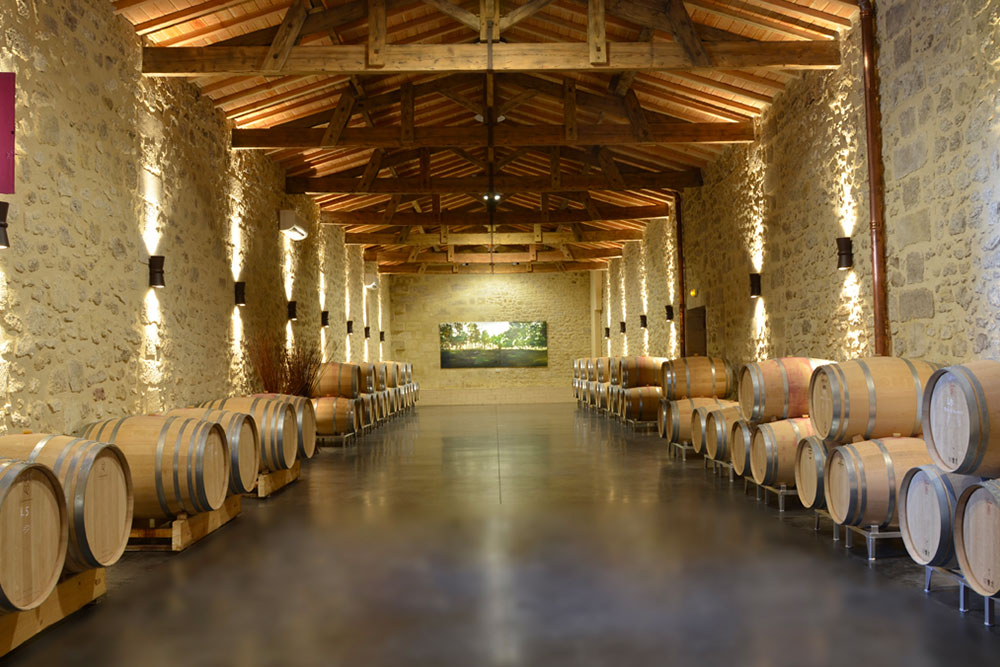Château
Fonroque
Saint émilion grand cru
In 2001, Alain Moueix introduced a vine-growing approach that placed biological intelligence and observation at the heart of the advances being made in the vineyard. That approach was biodynamics. Château Fonroque was to become the first Grand Cru Classé to gain organic certification in 2006 and biodynamic certification in 2008.
-
Website
-
See the map
Owner
The Guillard family
History
The château was acquired in 1931 by Adèle and Jean Moueix. Alain Moueix, their great grandson, inherited the estate from his father and then took over its management from 2001.
In 2002, sensitive to the need to preserve the soils over the long-term and allow the terroir to express itself fully, Alain Moueix developed eco-friendly vine-growing methods that led to his vineyard gaining organic certification in 2006.
In 2004, a vine-growing approach was introduced that placed biological intelligence and observation at the heart of the advances being made in the vineyard. This was bio-dynamic farming. Château Fonroque was thus the first Grand Cru Classé to gain certification in 2008.
In 2017, the Guillard family purchased the estate. Conscious of the value in continuing to practise this essential work, the new owners asked Alain Moueix to remain as an active consultant in the management of the estate.
So that the exact amount of each type of subsoil can be revealed, we are building a new vat room which will enable us to record the contribution of each element and help us fine-tune our blends. It is expected to be operational for the 2020 harvest.

Key Figures
80% Merlot and 20% Cabernet Franc.
Limestone plateau and clay-limestone on the slope.
17.60 hectares (43 acres)
Château
Fonroque
The Fonroque estate stretches out along several hundred metres, north-west of the village of Saint-Emilion. Its 17.6 hectares (43 acres) are in one single block, and the vineyard is planted on both the limestone plateau and a west-facing slope. The estate is made up of a patchwork of soil types located around the Saint Émilion village. Initiating a conversion to both organic farming and then bio-dynamics represented at that particular time a huge change. However, the fundamental questions of harmony and balance have been successfully brought into the spotlight thanks to this practice. Bio-dynamic farming has allowed the wine to express the richness of our terroir with elegance and finesse.
